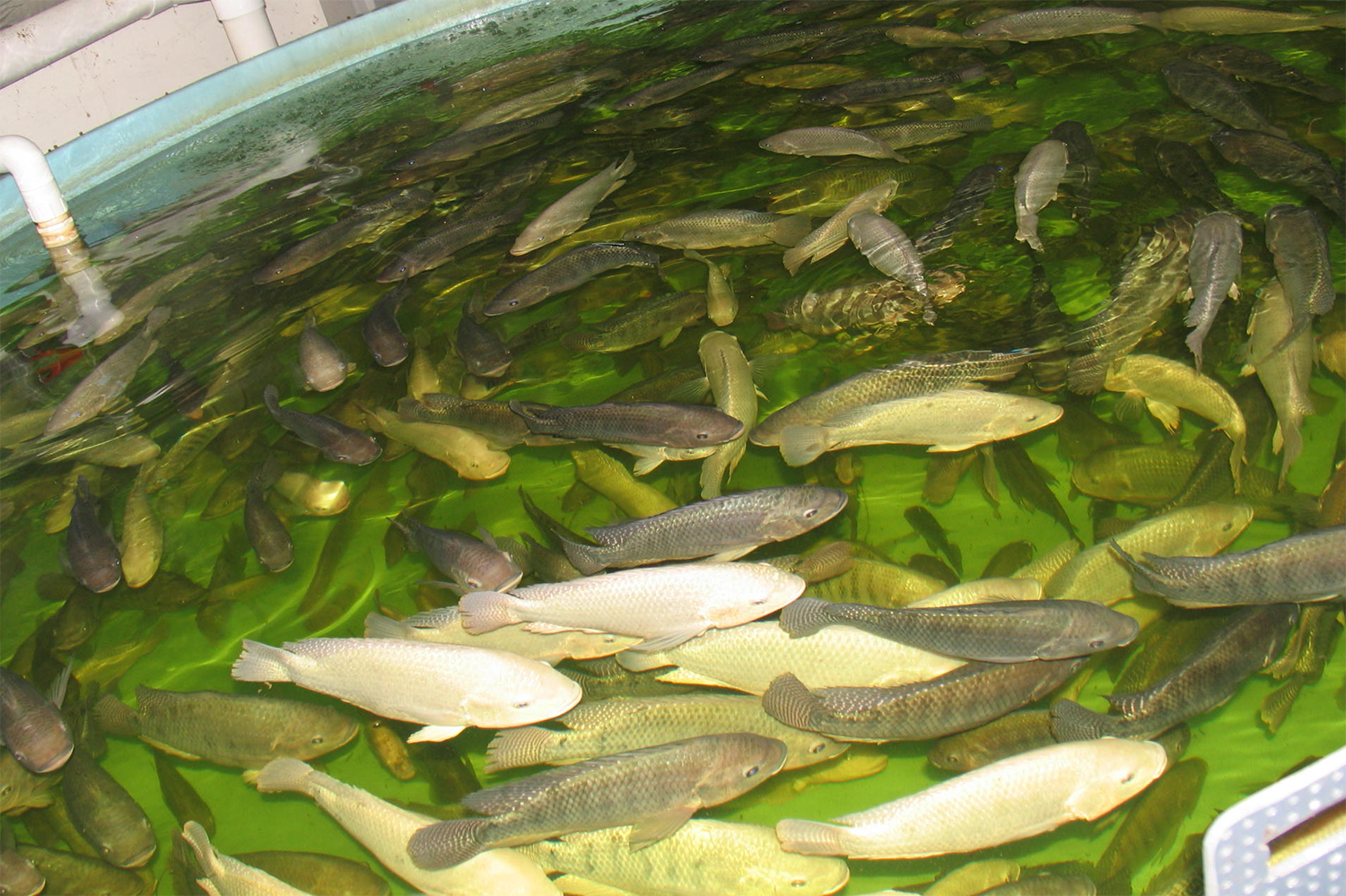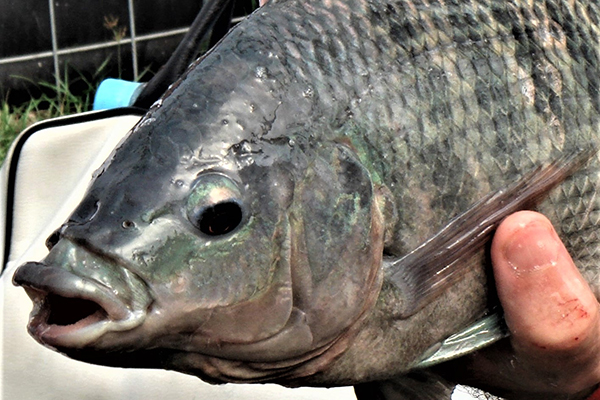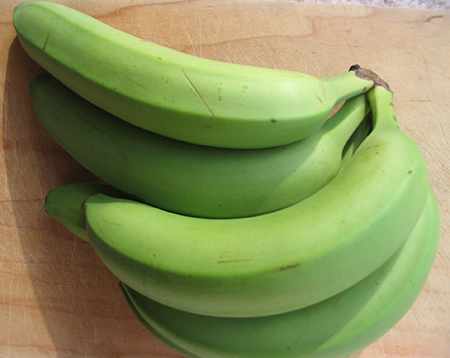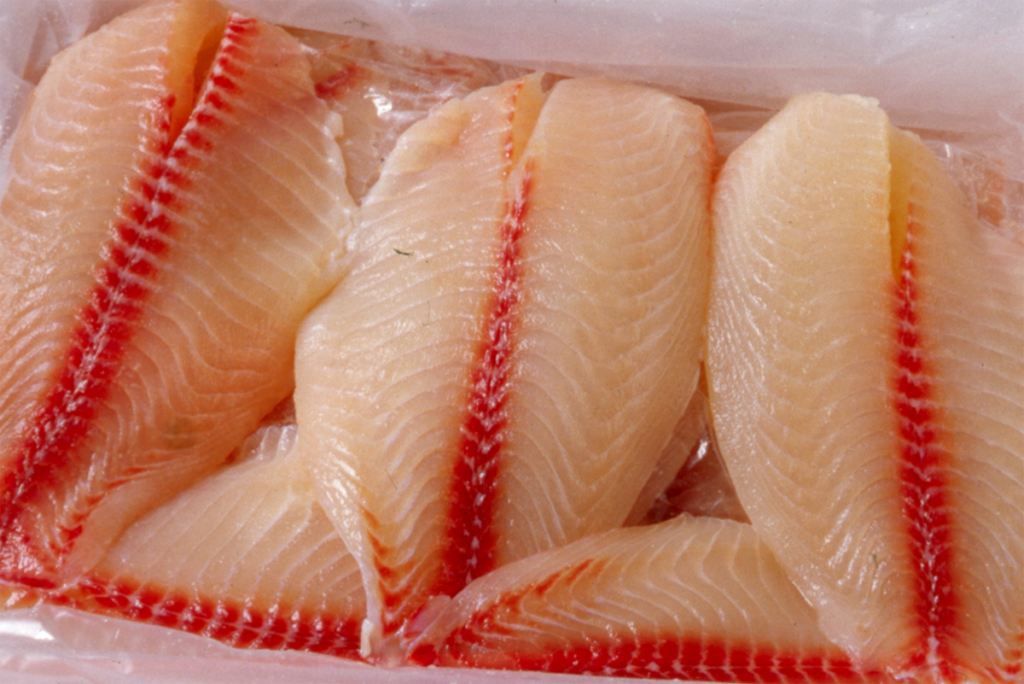Digestible protein at 267 grams per kg is recommended when using corn and soybean meal-based diets during grow-out

Nile tilapia (Oreochromis niloticus) is the third most cultivated aquatic species globally and about 92 percent of the worldwide production of this species uses commercial feeds, representing around 70 percent of total production costs. Among basic tilapia feed nutrients, protein stands out as a fundamental dietary component, significantly affecting Nile tilapia performance. Inadequate digestible protein (DP) levels can result in several issues, such as reduced feed consumption, consequently compromising fish growth.
Recently, several studies have determined the optimal levels of dietary protein for Nile tilapia at different stages of development. However, these requirements are lower than those presented in the previously published literature, where fish with an average weight of less than 20 grams, from 20 to 200 grams, and from 200 to 600 grams have a requirement of 400, 340, and 300 grams per kg of crude protein, respectively. It is relevant to mention that the evolution of the tilapia production chain, combined with the use of new strains with higher productivity, demands new studies to better meet the nutritional requirements of this species. In addition, there is a lack of studies on protein requirements in the grow-out phase for fish with an average weight above 500 grams.
However, when evaluating studies conducted on the protein requirement of Nile tilapia, researchers have reported that these studies have focused on the early developmental stages of the species, with the few studies conducted during the grow-out phase (with a final average weight above 500 grams) showing a tendency for an increase in the protein requirements.
This article – summarized from the (Novodworski original publication, J. et al. 2024. Protein Requirements of Fattening Nile Tilapia (Oreochromis niloticus) Fed Fish Meal-Free Diets. Aquac. J. 2024, 4(3), 135-147) – presents the results of a study to examine protein requirements for Nile tilapia during the growout phase using fishmeal-free diets.
Study setup
This study was carried out at the Aquaculture Technology Laboratory (Lataq), Federal University of Paraná (UFPR), located at the Advanced Jandaia do Sul Campus (PR, Brazil) and lasted for 84 days.
A recirculating aquaculture system (RAS) consisting of 15, circular, 1,000-liter aerated tanks installed in a cultivation greenhouse was used. The tanks were connected to a 2,000-liter mechanical filtration tank and a 30,000-liter biofiltration tank. Each 1,000-liter tank was considered an experimental unit. A water recirculation rate of 12 times a day was maintained in each experimental unit during the experiment. All experimental units were equipped with a self-siphoning system at the bottom of the tank. The mechanical filtration and biofiltration tanks were siphoned weekly (500 liters) to remove residues.
A total of 75 adult Nile tilapia (Genetically Improved Farmed Tilapia, or GIFT lineage) with an average initial weight of 412 ± 8.06 grams were acclimatized for 60 days and then were weighed and randomly distributed into five treatments encompassing three replicates each.
Five experimental fish meal-free diets were formulated, namely isoenergetic, isocalcium and isophosphoric, mainly composed of soybean and corn meal and containing increasing DP levels (216, 244, 268, 294 and 316 grams per kg). DP, digestible energy (DE), and the calculated composition of essential amino acids were determined. The experimental diets were weighed daily and provided equally to the fish in all experimental units in two daily feedings, one at 8 a.m. and the other at 5 p.m.
For detailed information on the experimental design, RAS system and fish husbandry; diet formulation and preparation; and data collection and analyses, refer to the original publication.
Results and discussion
Nile tilapia performance is directly influenced by dietary protein levels, which are, in turn, associated with several biochemical and physiological processes that directly affect fish growth, development and health. Proteins play crucial roles in tissue synthesis, metabolic regulation, immune responses and other vital fish organism functions. Therefore, if fish are offered inadequate dietary protein amounts or imbalanced essential amino acids, protein synthesis can be compromised, negatively affecting performance indices.
This was evidenced herein by the data analysis according to the tests and regression models used in the study to analyze the data (Figs. 1-2), which revealed that both the lowest and the highest protein levels were associated with Nile tilapia performance declines.

This non-linear response highlights the need for precise dietary formulations, highlighting that adequate protein levels are essential to optimize Nile tilapia growth and body composition. This, in turn, suggests an optimized Nile tilapia response to a specific DP concentration, indicating the importance of adequate diet formulations to maximize fish growth rates during the grow-out phase.
The relationship between weight gain (WG), specific growth rate (SGR) and feed conversion ratio (FCR) is complex and interdependent. A direct and proportional relationship was observed between the SGR and FCR, where better results in these indices resulted in a proportional increase in the WG in relation to the initial weight.
The increase in protein levels resulted in a decrease in the protein efficiency rate (PER), reflecting the efficiency of converting the protein consumed into body weight gain. Additional studies support this observation, suggesting that isoenergetic diets with high protein levels use protein as an energy source, justifying the linear reduction in the PER.
Based on the model used, the best FCR was estimated at 1.82, corresponding to a requirement of 285.76 grams per kg DP. The combined approach of the broken line and quadratic polynomial models is preferable for a more accurate analysis of protein requirements, as suggested by various researchers. Thus, DP requirements ranging from 267.36 to 304.20 grams per kg were determined, indicating that DP levels outside this range negatively impact the FCR. Insufficient protein in the diet compromises growth, while excess protein increases metabolic costs, contributing to environmental pollution due to excess nitrogen excreted, in addition to increasing the cost of the diet, since protein is the ingredient with the greatest economic value.
Another important parameter comprises fillet yield (FY) (Fig. 2), as the fillet is the most important Nile tilapia product. Herein, the best DP value was determined as 256.78 grams per kg according to broken-line analysis.

Dietary protein quantity and quality directly affect the body’s ability to synthesize new proteins, including fish muscle proteins. A diet containing limited protein levels may restrict the availability of essential amino acids required for adequate protein synthesis. Thus, the increased body protein deposition reported by several other studies may be associated with an increased protein synthesis capacity.
In the present study, composition in terms of moisture, protein, and mineral matter in whole Nile tilapia, carcasses, or fillets was not influenced by the DP treatments, corroborating previous studies. A linear reduction was, however, observed with increasing dietary DP levels, corroborating previous studies identifying higher lipid contents in response to reduced DP levels. This may be associated with the possible conversion of excess carbohydrates, particularly glucose, into lipids through the lipogenesis metabolic process.
The results of the present study on the protein requirement of tilapia in the grow-out phase with fishmeal-free diets are pioneering, as identified by Meurer et al. However, for younger stages, there is some divergence in the literature between studies that used or did not use corn- or soybean meal-based diets. Overall, our results show that the use of ingredients with different nutritional profiles, such as soybean meal and fishmeal, provides a distinct protein composition in the diets, which can influence the protein requirement of the animals.
Perspectives
Based on the study results and the parameters evaluated, Nile tilapia can indeed be fed a soybean- and cornmeal-based, fishmeal-free diet. Results also verified the species’ metabolic plasticity concerning dietary protein concentrations, with adequate performance results noted for DP treatments containing 268 to 294 grams per kg, or 298 to 327 grams per kg CP. In this sense, the balance between essential and non-essential amino acids and energy results in adequate Nile tilapia performance correlated to good feed conversion values, fillet yields and composition. Overall, a DP concentration of 267 grams per kg (298 grams per kg CP) is recommended for Nile tilapia that are fed a corn or soybean meal-based diet and that weigh between 400 and 700 grams in the grow-out phase.
Now that you've reached the end of the article ...
… please consider supporting GSA’s mission to advance responsible seafood practices through education, advocacy and third-party assurances. The Advocate aims to document the evolution of responsible seafood practices and share the expansive knowledge of our vast network of contributors.
By becoming a Global Seafood Alliance member, you’re ensuring that all of the pre-competitive work we do through member benefits, resources and events can continue. Individual membership costs just $50 a year.
Not a GSA member? Join us.
Author
-
Dr. Fábio Meurer
Corresponding author
Graduate Program in Animal Science, Federal University of Paraná, Curitiba 80060-140, Brazil
Related Posts

Health & Welfare
10 paths to low productivity and profitability with tilapia in sub-Saharan Africa
Tilapia culture in sub-Saharan Africa suffers from low productivity and profitability. A comprehensive management approach is needed to address the root causes.

Aquafeeds
Balancing protein and energy in Nile tilapia feeds
An analysis of the effects of protein and energy intake shows no physiological basis for an optimal P:E ratio for tilapia.

Aquafeeds
Banana meal tested as feed ingredient for Nile tilapia fingerlings
Green banana meal contains high carbohydrate levels and low levels of ash and fiber, making it a potential energy source for omnivorous fish species.

Health & Welfare
Effects of pre-slaughter stress on the fillet quality of Nile tilapia
Higher holding densities and asphyxiation increase stress, damaging flesh, while lower densities reduce stress and improve fillet quality.



